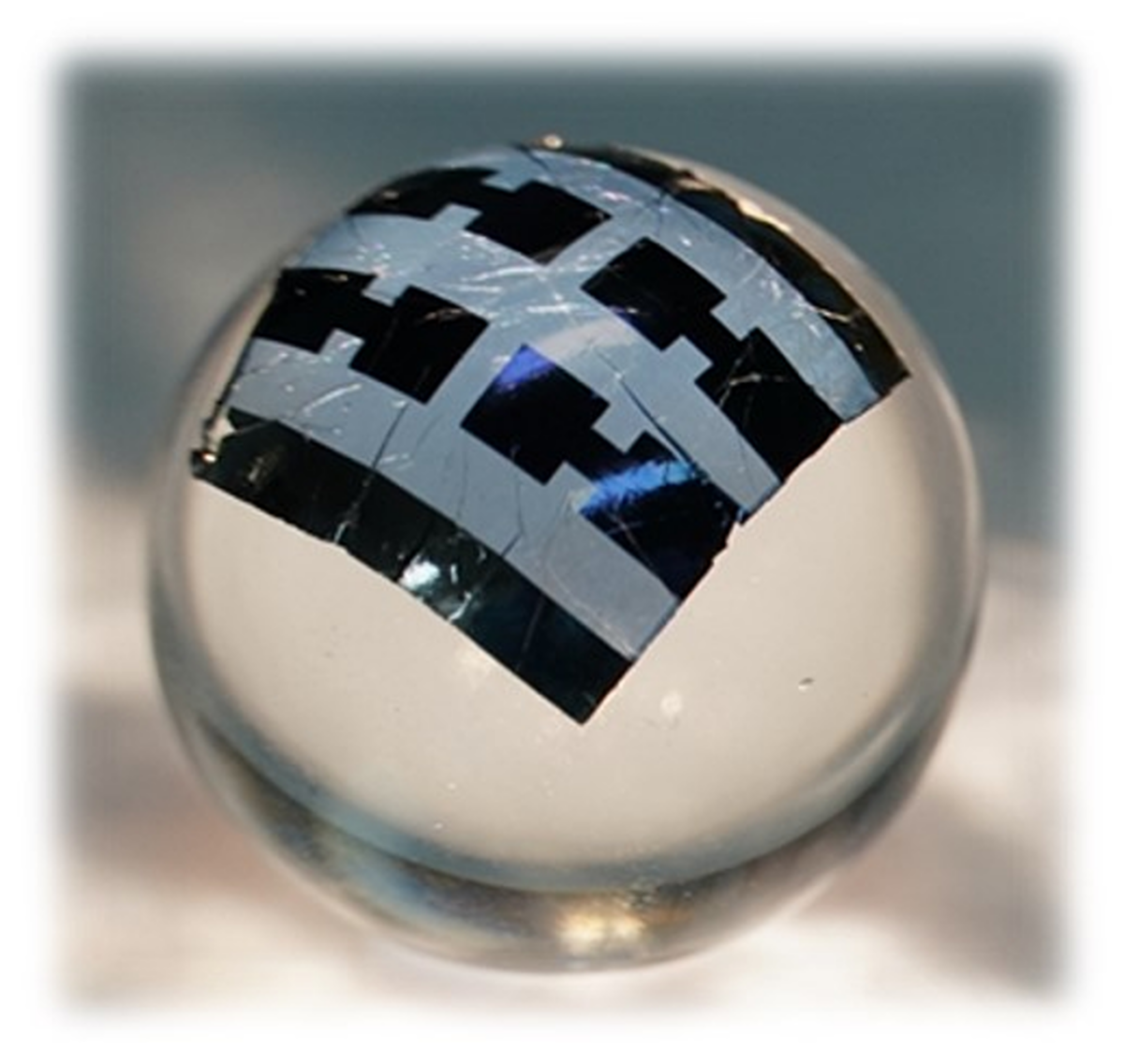Researchers from Wuhan University of Technology and Central South University, Changsha in China, have fabricated an ultra-thin organic solar cell with a bilayer hole transport layer (HTL) and a power-per-weight ratio of 39 W/g.
Wenchao Huang, the research's lead author, told pv magazine that to the best of the group’s knowledge, it has the highest power per-weight ratio among organic solar cells. The device has a thickness of less than 1.5 micrometers.
The scientists explained that bilayer HTL incorporates a molybdenum trioxide (MoO3) interlayer between PEDOT:PSS, a blend of polymers poly(3,4-ethylenedioxythiophene) and polystyrene sulfonate, and indium tin oxide (ITO), and said the introduction of this interlayer was the key factor allowing the cell to achieve a remarkable power conversion efficiency of 17%, as well as good storage stability and mechanical stability.
After 2000 hours of storage, the device maintained 91.4% of its original efficiency. It also recorded an efficiency retention of 89.1% after 1000 cycles of bending at a bending radius of 1 m and an efficiency retention of 84.4% after 1000 cycles of a compression stretching test using a 30% compression rate.
The researchers said these results mean the device “significantly outperforms” devices without the MoO3 interlayer. “The use of a MoO3/PEDOT:PSS bilayer HTL instead of pristine PEDOT:PSS provides a facile approach for developing efficient and mechanically robust ultrathin organic solar cells,” they added.
Huang added that the cells can be seamlessly adhered to surfaces such as human skins, soft robotics, mobile phones, clothes and windows with negligible added weight. “These ultrathin flexible organic solar cells can generate 39 watts of power per gram, about a hundred times more than conventional flexible solar cells. It shows great potential applications in the field of wearable electronics,” he also stated.
The device was described in the research paper, “High-efficiency ultrathin flexible organic solar cells with a bilayer hole transport layer,” published in the Journal of Materials Chemistry.
Earlier this year, the same research team fabricated a semitransparent organic solar cell with a bifaciality factor of 99.1%, the highest reported in semitransparent organic cells to date.
This content is protected by copyright and may not be reused. If you want to cooperate with us and would like to reuse some of our content, please contact: editors@pv-magazine.com.




1 comment
By submitting this form you agree to pv magazine using your data for the purposes of publishing your comment.
Your personal data will only be disclosed or otherwise transmitted to third parties for the purposes of spam filtering or if this is necessary for technical maintenance of the website. Any other transfer to third parties will not take place unless this is justified on the basis of applicable data protection regulations or if pv magazine is legally obliged to do so.
You may revoke this consent at any time with effect for the future, in which case your personal data will be deleted immediately. Otherwise, your data will be deleted if pv magazine has processed your request or the purpose of data storage is fulfilled.
Further information on data privacy can be found in our Data Protection Policy.